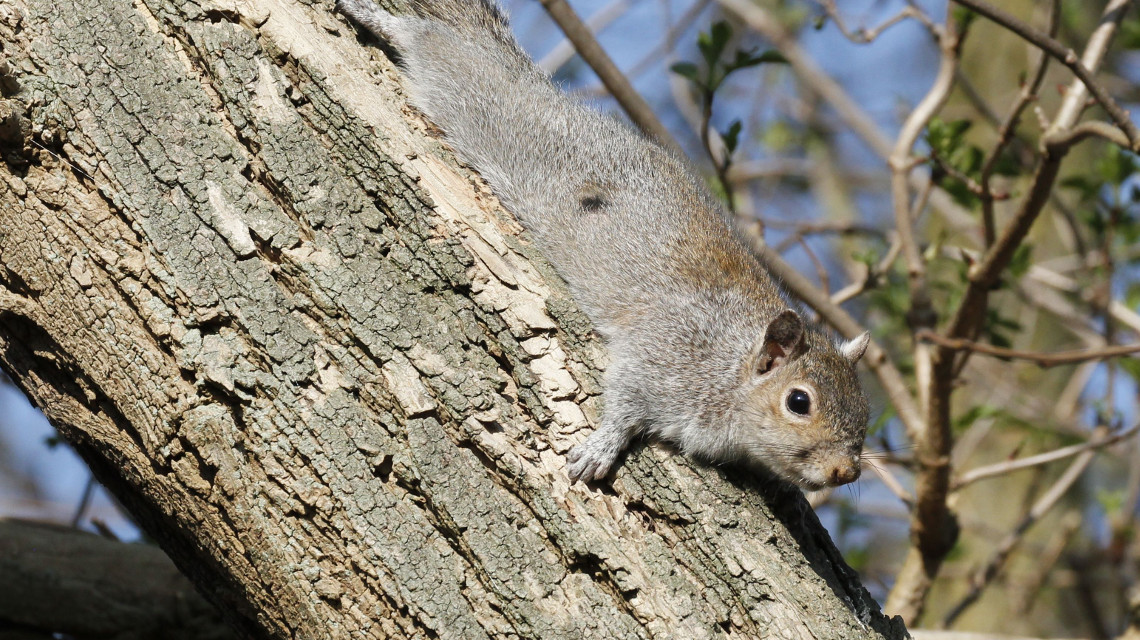Invasive species gaining ground
An international study finds the rates of alien species introduction worldwide are higher than ever. A third of all first introductions were recorded between 1970 and 2014.

The Asian tiger mosquito Aedes albopictus is an invasive species that is present in pioneering populations in Southern Germany. The eastern grey squirrel, originally from North America, was introduced to various locations worldwide, including the UK, where it has largely displaced the native red squirrel. The many-leaved lupine (Lupinus polyphyllus) is extensively used in mountain hay meadows in the The Katzbach Mountains in Poland. In Europe, this species has been planted as a fodder crop and as an ornamental, and is now widely naturalized. The number of alien species is continuously increasing, and does not show any sign of saturation at a global level. This fact is described by an international team of 45 researchers in the journal "Nature Communications".
Uprise instead of slow-down
"It had remained unclear whether or not the accumulation of alien species has already reached a point of slow-down", says Hanno Seebens from the Senckenberg Biodiversity and Climate Research Centre (BiK-F) in Frankfurt, Germany. The first author of the study, has an answer now: “For all groups of organisms on all continents, the number of alien species has increased continuously during the last 200 years. For most groups, even the rate of introduction is highest recently. Barring mammals and fishes, there are no signs of a slow-down and we have to expect more new invasions in the near future.” Mark van Kleunen, professor of ecology at the University of Konstanz and one of the co-authors of the study, expects that the number of alien species will increase further in the near future – "as a consequence of climate change, which makes it possible for many alien plants in our gardens to jump the fence and settle in the wild".
37 % of invaders introduced in the last decades
In the joint research project the researchers established a database of the date an alien species was first detected in a region outside the species’ native range. Using more than 45.000 of these first records of more than 16.000 alien species, they analysed the development of alien species accumulation during the last centuries. The researchers found that 37% of all recorded alien species have been introduced in the last few decades between 1970-2014. At its peak, 585 new species were recorded within one year. This corresponds to more than 1.5 new alien species per day globally. "As the date of first record is not available for most alien species, these numbers are clearly underestimating the full extent of alien species introductions", says Franz Essl from the University of Vienna, senior author of the study.
Rise in bioinvasion comes along human activities
The trends of increase vary among taxonomic groups, which can be attributed to human activities. “We observe a distinct increase in first record rates of vascular plants in the 19th century, probably as a result of the intensification of horticulture. The rates of new introductions of other organisms such as algae, molluscs or insects increased steeply after 1950. This is most likely a consequence of the ongoing globalisation of trade,” explains Seebens.
The unprecedented increase in alien species numbers can have extremely negative impacts on native ecosystems, as native plants might be eliminated and entire ecosystems change. Floras and faunas worldwide assimilate more and more, resulting in a loss of regional variety. Therefore various legislations are currently in force globally attempting to mitigate the introduction of new alien species. "However, our results show that the past efforts have not been effective enough to keep up with ongoing globalisation. There is an urgent need to implement more effective prevention policies at all scales", concludes Essl.
pg


